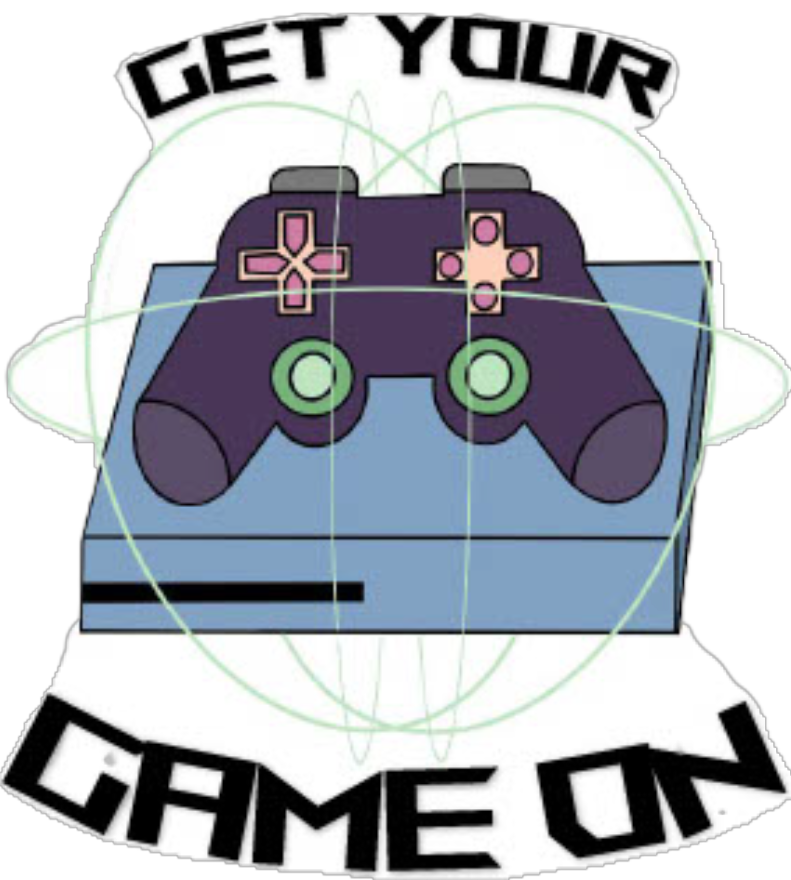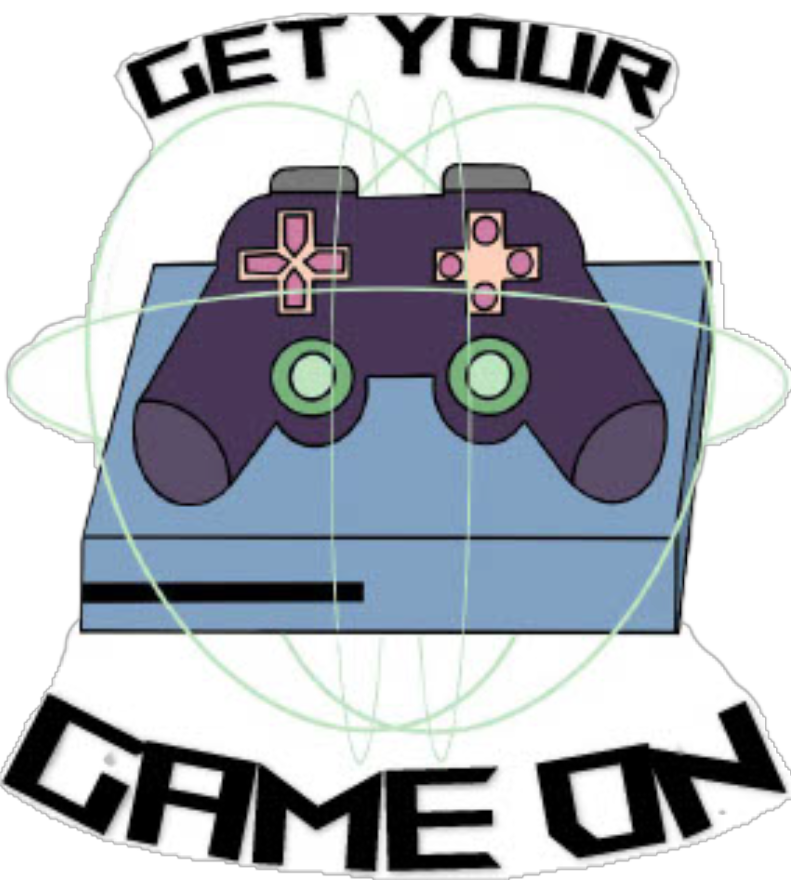“Fatality, Liu Kang wins.”
By the time I hear this, I do not care who won. Gore and violence have already ruined an otherwise perfect gameplay experience.
“Mortal Kombat 1,” the newest game under the Mortal Kombat franchise, was released on Sept. 14. The community compliments the game for its story mode, which is filled with interesting backgrounds, unique characters and diverse settings.

I start playing the game and see there are many different game modes to try out. After consulting friends for advice, story mode seemed the best way to go, in place of the “versus” online version.
While playing the game, it became evident there were several storylines before this one, but the game makes it easy to quickly assimilate yourself with the game, which as a new player, I appreciate.
Although the game’s story builds off of previous games, it has new additions. A clear villain is established with the cliché humble-roots-to-merciless-savage story, but nonetheless, it grabs my attention. The villain behind the villain is a mysterious entity, and I am excited to see how it plays out.
Additionally, the tension build-up is well-executed. The game takes place during a time when two worlds, Earthrealm and Outworld, are competing in a tournament that will influence their prestige and their security from the other. The Fire God, Liu Kang, helps lead Earthrealm, but it is unknown to him the events happening beneath the surface of the tournament. I enjoyed the idea of having a setting based on a simple story and a deeper, more tangled plot underneath it fully captured my attention.
The game’s graphics are well-developed, with the character’s moves and attacks being enhanced by it. I also enjoy the Kameo fighters, a new feature to the Mortal Kombat series, who appear in the middle of battles to aid you while fighting an enemy, making the battles more engaging. Some notable Kameo fighters can also be used as main characters, such as Kung Lao, Scorpion and Sub-Zero. Especially during story mode, these fun tidbits of the game cover up some gory details.
Unfortunately, within cutscenes, some appalling events occurred. For example, upon failing challenges within the cutscenes, the focus character of the part of the story is killed in a macabre manner, with blood spurting out of dismembered limbs, prompting an option to retry. I could not ignore this for the sake of the game, as the gore was surprising both in its amount and depiction.
The story mode of the game is interesting, but the other modes are where the legacy of the game can be quite clearly seen. When I first played, I did not know Mortal Kombat is known for being, well, quite “mortal.” Occasionally, upon being prompted to “finish” your opponent by the narrator, a certain set of moves will result in your character performing what is known as a fatality, a gruesome and jarring final attack.
Thankfully, I was shielded from these horrible events through a large amount of the story mode, as a fatality kills the opponent, something that should not happen if a character is to remain alive in the story. Upon witnessing my first fatality, I immediately realized the game is not for me. I had never experienced such a ghastly sight, and the lack of sensitivity surrounding it only made it worse.
What would have been an otherwise amazing experience was completely ruined by the blood and gore present in limited portions of the game. In fact, had there been a “No Blood” option, something that was present in previous Mortal Kombat games, I would have selected it and carried on playing the game. But, the lack of such an option prevented me from playing more.
“Mortal Kombat 1” demonstrates how a franchise can ruin the experience of certain players by making their games appeal to a limited audience. Desensitizing violence in the manner Mortal Kombat does not only ruins the scope of their game, but it also sends out a vile message.









![Junior Shiva Chitta said his friends and family encouraged him to attend prom, despite initially intending not to.
“My mom told me to go and ‘have a slice of [my] life,’” Chitta said. “Im sure there are prom [events] in colleges…but we have to go [to junior and senior prom.]”](https://hhsepitaph.com/wp-content/uploads/2024/06/PromG2024_1-1200x800.jpg)





